A wart-like growth on your skin could be a skin cancer or it could just be a wart. Although warts are not that harmful to our body, the bad news is that more than five million skin cancers are diagnosed in America every year. And skin cancers initially look like warts. That’s why it’s important to know the differences between wart vs skin cancer, so that if it’s skin cancer, it can be diagnosed early and treated.
What is Wart?
A wart is a noncancerous irregular and abnormal skin growth or infection caused by human papillomavirus (HPV). There are more than 100 types of HPV that can be transmitted from one person to another. It enters through cracks or cuts in our skin and gradually turns into a wart. Warts can appear or grow on any part of the body, even on the genitals. It can look like a small skin growth of 1 to 10 millimeters. Its upper surface can be rough or smooth.
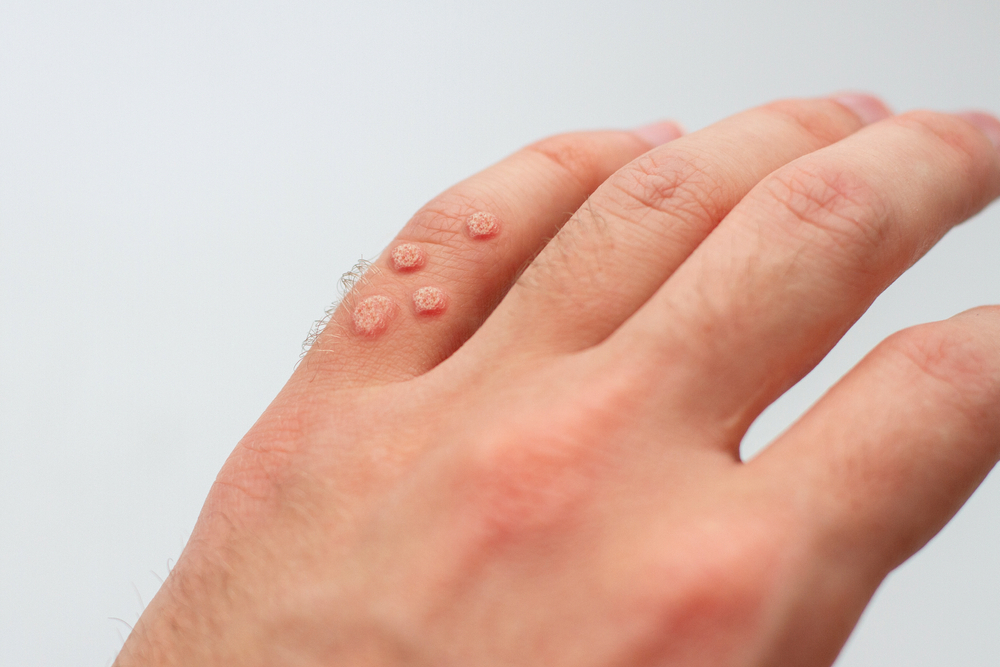
Studies have shown that about 65% of non-cancerous moles go away without treatment. But if it is some kind of skin cancer then you are definitely in danger. If you notice any signs of cancer in your wart, don’t hesitate to get it checked as soon as possible. Continue reading below to better know the symptoms of skin cancer, so that you can understand the difference between wart vs skin cancer.
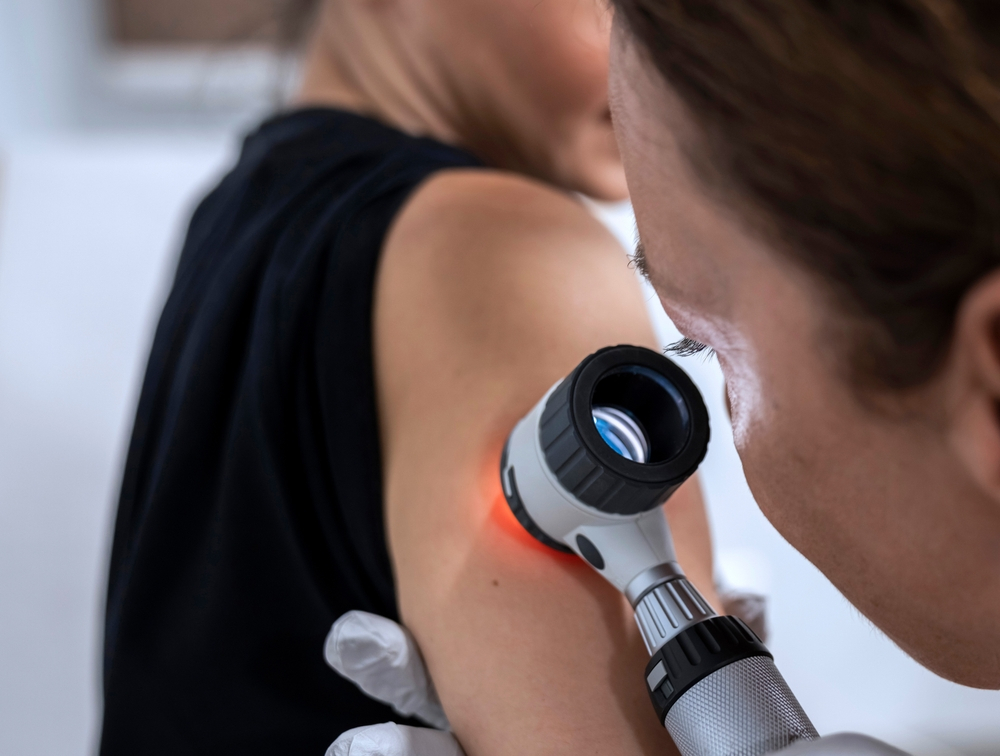
What is Skin Cancer?
Skin cancer is the uncontrolled growth of abnormal cells in the epidermis region of the skin. Which gradually turns into a tumor and sometimes it looks like a wart. The main cause of skin cancer is exposure to UV rays from the sun. Moreover, excessive use of UV tanning beds is another major cause of skin cancer. However, it can also occur in parts of the body that are not directly exposed to the sun’s ultraviolet rays.
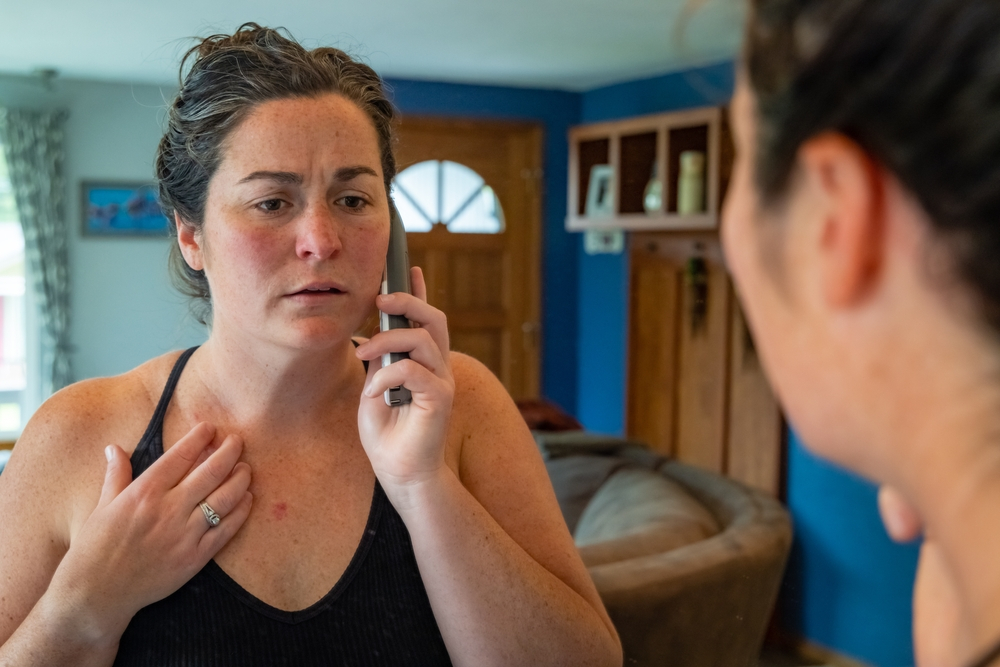
If skin cancer is detected early, treatment has a 100% chance of success. That’s why it may be too late to treat your abnormal skin growth if you think it’s just a wart.
Skin Cancers That Looks Like A Wart
One of the main symptoms of skin cancer is that it presents as a wart in its early stages. Although warts and skin cancer are completely different, in many cases some types of skin cancer present as warts.
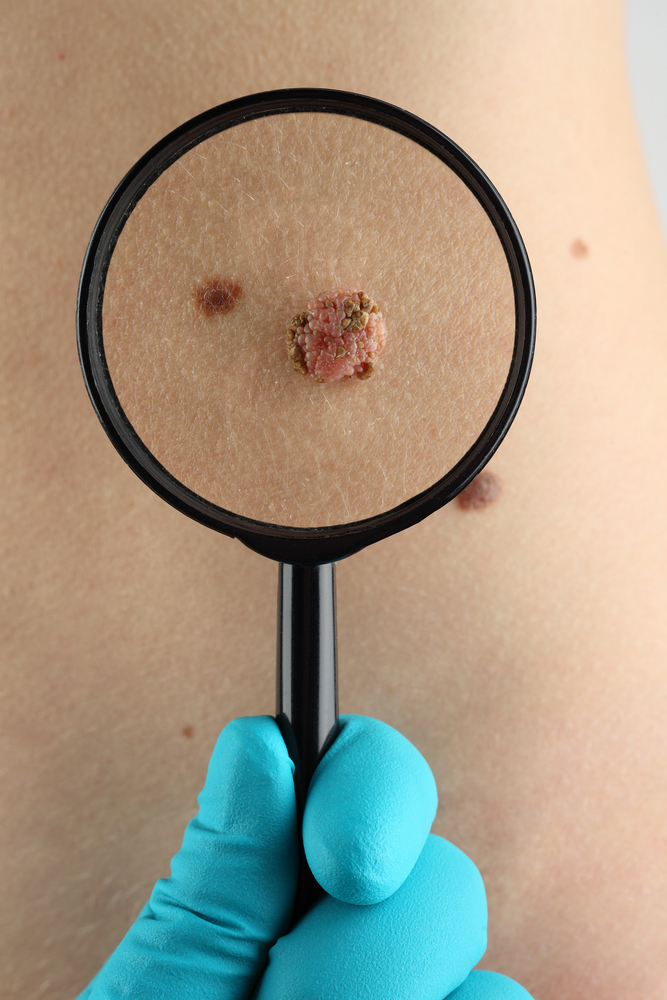
There are mainly three types of skin cancer, two of which are wart-like in the early stages. 1.Basal cell carcinoma 2. Squamous cell carcinoma.
Having a basic understanding of the difference between wart vs skin cancer will help you understand the difference between the two and visit a dermatologist for an examination.
Basal cell carcinoma: wart vs skin cancer
Basal cell carcinoma has certain characteristics that make it look like a wart.
- Both warts and basal cell carcinomas look like small lumps in the early stages.
- A wart can often be red or pink in color and match the color of your skin. Similarly, basal cell carcinoma can also resemble skin color.
But basal cell carcinoma has has certain characteristics that make the primary difference between wart vs skin cancer.
- If you have frequent bleeding from an abnormal wart-like skin growth, it is more likely to be skin cancer.
- Skin cancer will never go away completely, it will go away and come back.
- The main cause of skin cancer is exposure to UV rays from the sun. If your wart-like skin grows on a part of the body that is exposed to the sun, it is likely to be skin cancer.
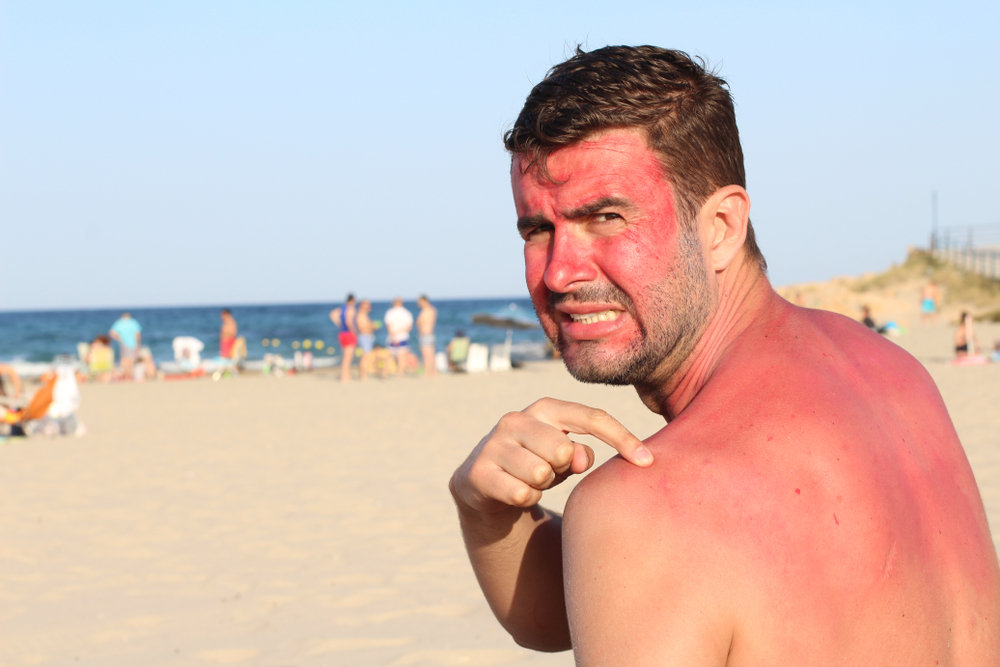
Squamous cell carcinoma: wart vs skin cancer
If you have squamous cell carcinoma, it will look like a wart on the skin, just as basal cell carcinoma. It sometimes looks like a small fleshy growth and a hard lump on top. But gradually its appearance changes which suggests that it may be skin cancer.
Squamous cell carcinoma has certain characteristics that make the primary difference between wart vs skin cancer.
- It gradually looks like a flat scaly sore.
- Like basal cell carcinoma, it also occasionally bleeds.
- If a fleshy growth occurs on any part of the body that has been exposed to the sun for a long time, it is more likely to be cancerous.
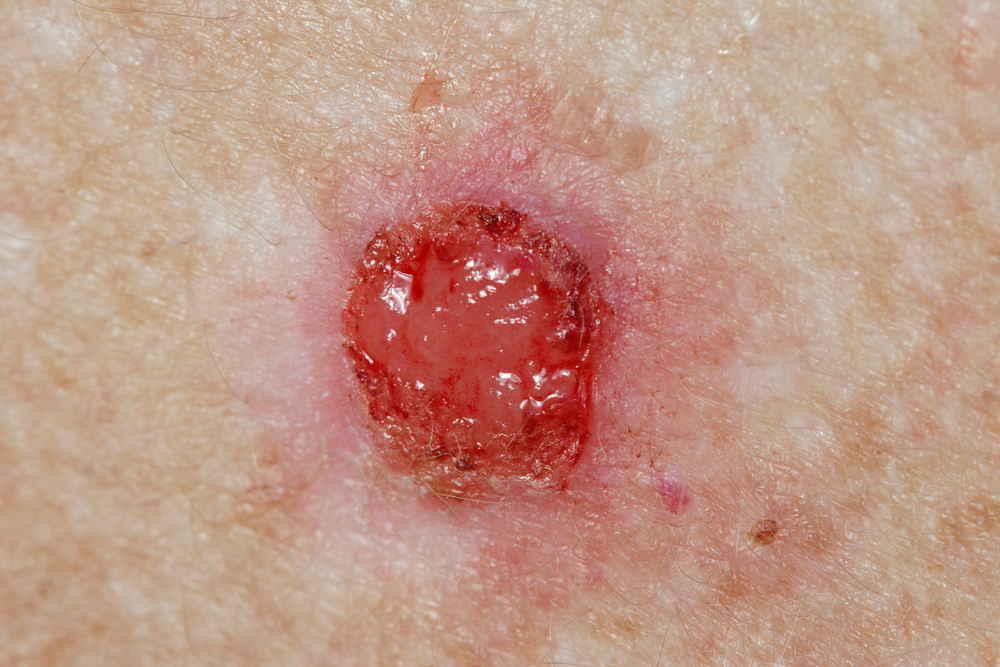
If you notice the above symptoms on your wart, be sure to consult a dermatologist and get checked out.
Treatment Options for Warts
Studies have shown that about 65% of non-cancerous moles go away without treatment. Especially in children it goes away much faster than in adults and this is true. However, if you have warts on the soles of your feet that can make it difficult to walk and if you want to avoid the fear of spreading the wart virus (HPV) to other parts of the body, you can consult a dermatologist. A dermatologist can treat your warts with the following treatment options.
- Salicylic acid: The use of salicylic acid to treat or remove warts is a well-known treatment. It is also very easy to use. First, wash or soak your wart in warm water for five to ten minutes to soften it, then apply salicylic acid and cover the wart with a bandage. Apply it before going to bed and wash it off in the morning. Use it as directed by your doctor until your wart is removed.
- Cryotherapy: Cryosurgery uses liquid nitrogen to freeze the wart to destroy tissue and cells. The warts are harvested one to two weeks after freezing by applying nitrogen. If warts cannot be removed using other drugs or acids, cryosurgery is used.
- Immunotherapy: The HPV virus can cause skin warts due to a weakened immune system. Therefore, injections are given to make the immune system fit to fight the HPV virus.
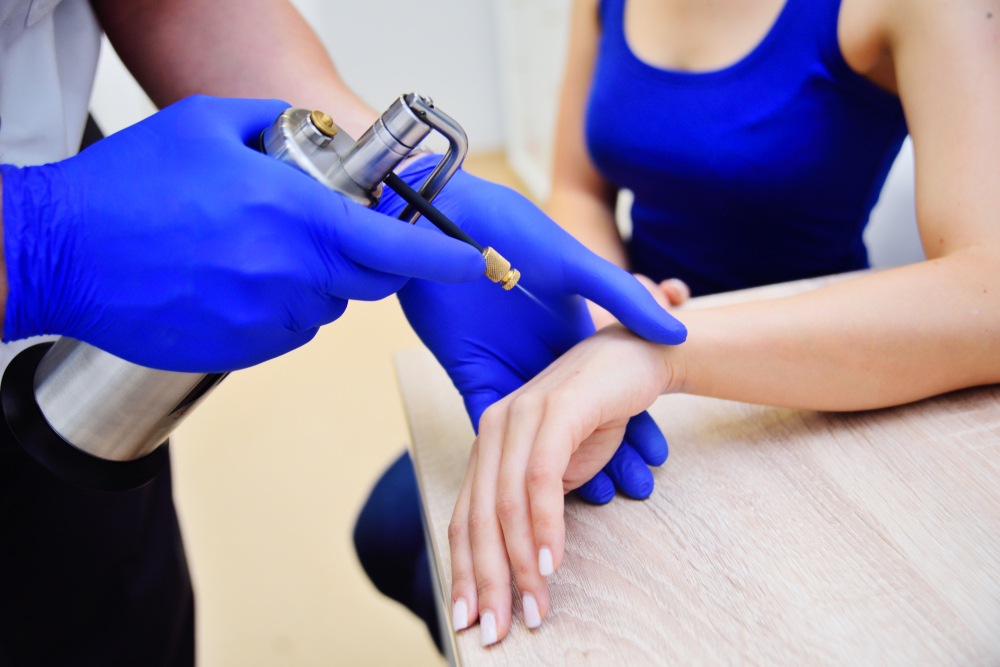
Doctors can also use cantharidin treatment and laser treatment to remove warts.
Treatment Options for Skin Cancer
Cancer treatment research has been going on for a long time. New treatments for skin cancer are being discovered day by day, just like lung cancer new treatments. And so far many types of treatments have been discovered which are giving effective results and these treatments have been used for almost decades.
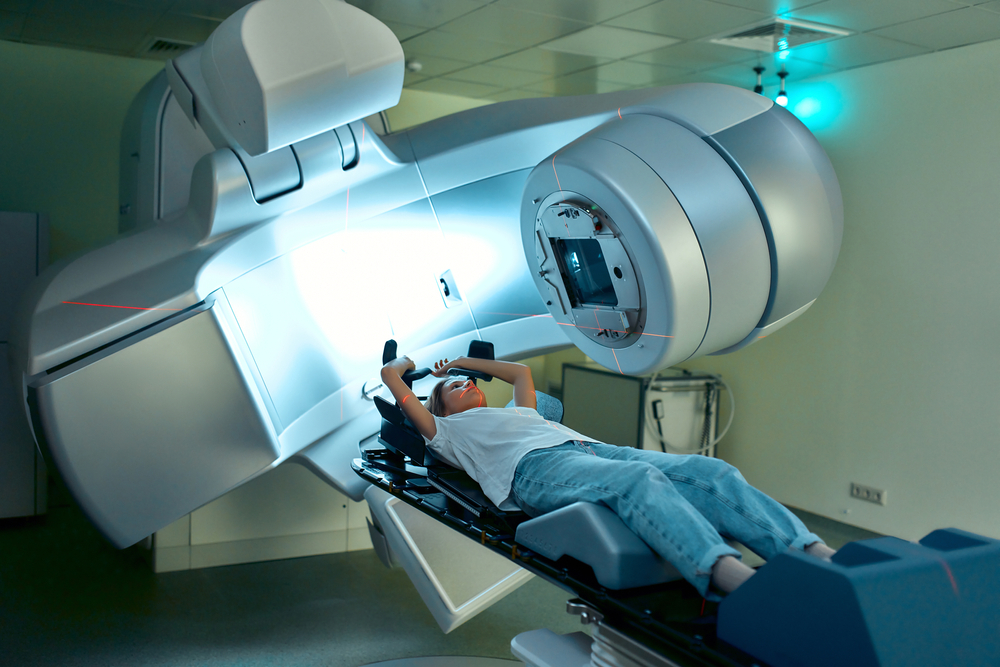
There are many treatments for skin cancer. But, the treatment you receive for your skin cancer will depend on your age, the stage of cancer, the location of the cancer and your physical and mental abilities.
- Radiation therapy: Radiation therapy destroys cancer cells by applying high doses of radiation as needed.
- Chemotherapy: Chemotherapy uses liquid nitrogen to treat skin cancer by freezing cancer cells in the same way that liquid nitrogen is used to remove warts.
- Surgery: Different types of surgery are performed depending on the location, type, stage and size of the cancer or skin cancer. Such as cryosurgery, electrosurgery and Mohs surgery.
Conclusion
Knowing the difference between wart vs skin cancer is important especially if you are exposed to the heat of the sun a lot. Because warts are not as scary but skin cancer is just as scary and harmful if it is detected late. So if you have any doubts about your abnormal skin growth, be sure to consult a certified dermatologist as soon as possible.
I appreciate you sharing this blog post. Thanks Again. Cool.